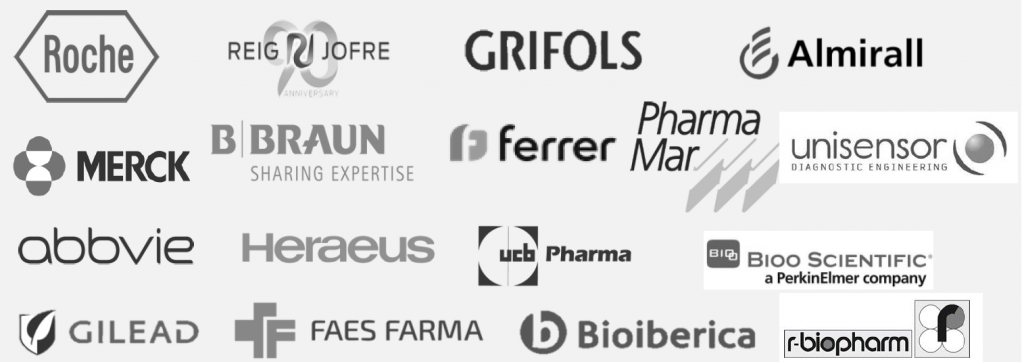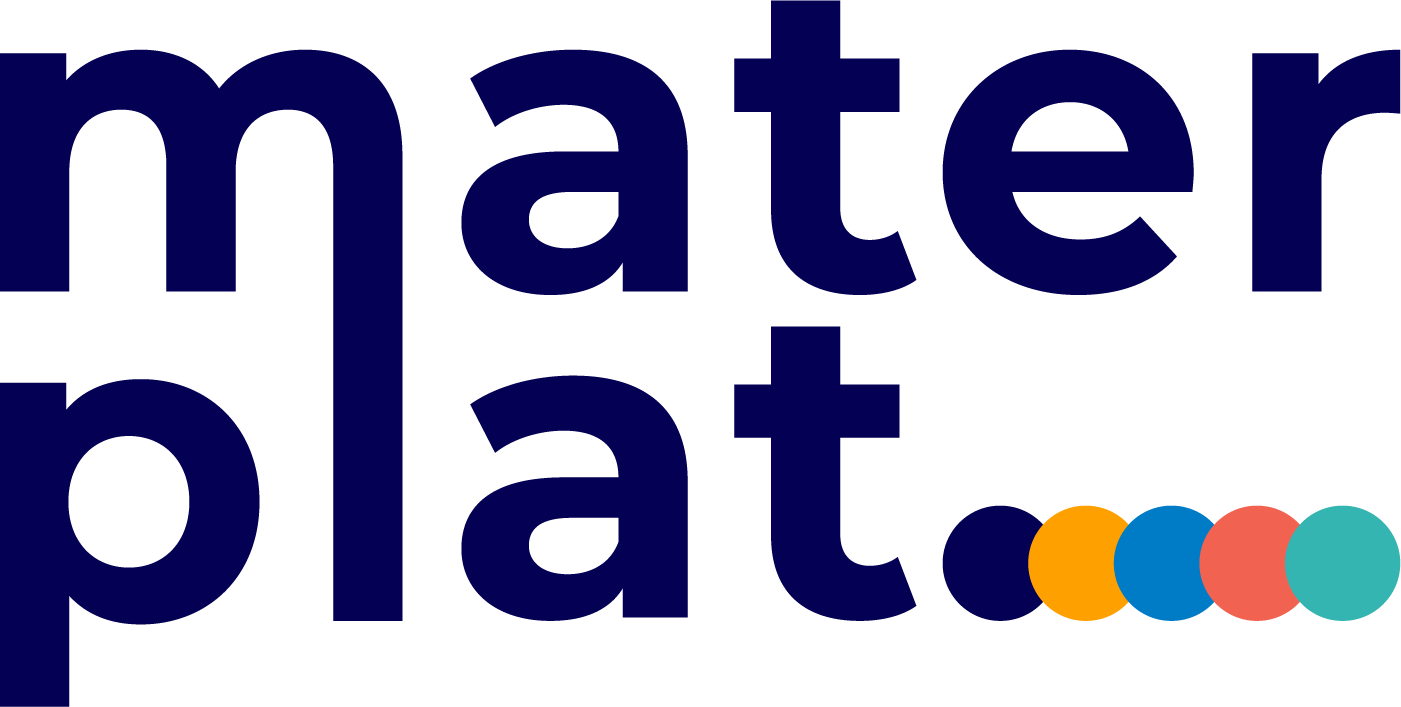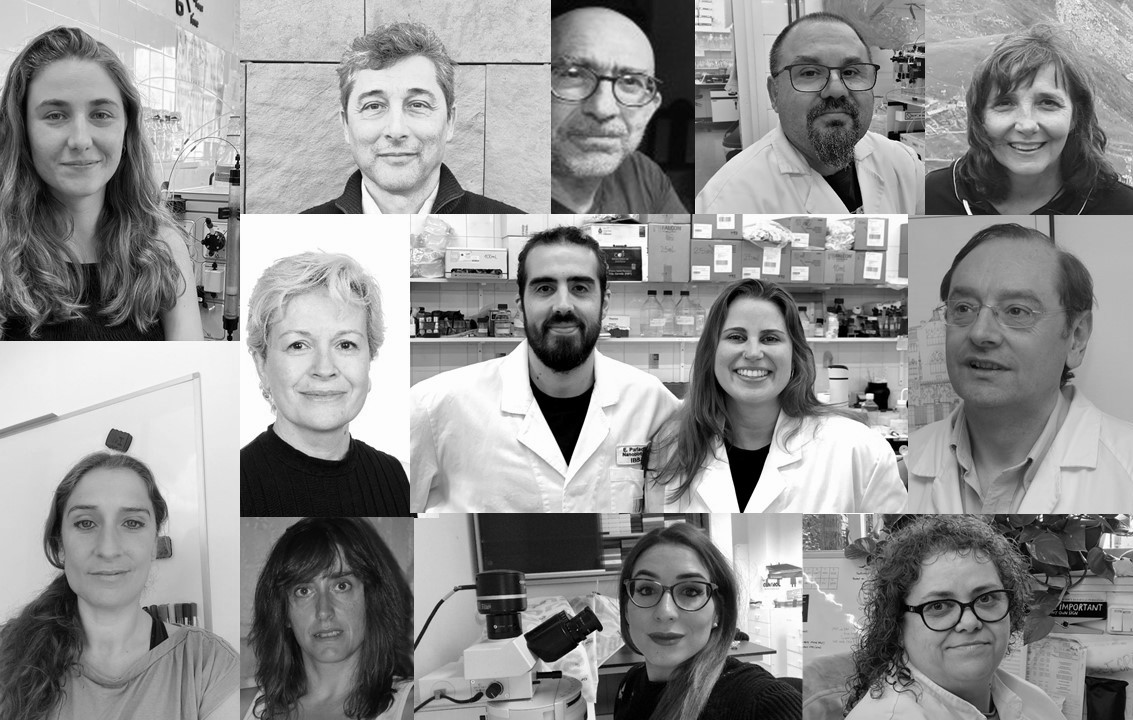Workshop of the Health Innovation Group of MATERPLAT
Discover cutting-edge technologies in tissue engineering, drug delivery systems, and biodegradable implants.
March13th 2024, online event
From NANBIOSIS we are pleased to announce the Presentation Day of Health Technologies by the MATERPLAT Health Innovation Group, which will take place on March 13th at 11:00 a.m. in an online format.
During this event, cutting-edge technologies being developed by MATERPLAT members in these three areas will be presented:
* Gels as scaffolds for tissue engineering.
* Biomimetic and/or biointeractive systems for controlled release of drugs or bioactive molecules.
* Biodegradable implants adapted to tissue and bone growth.
The objective of the event is to showcase these new technologies and foster collaboration among MATERPLAT members. Additionally, Viscofan company will participate, presenting its R&D priorities aligned with this theme, and Elisa Checa, Coordinator of NANBIOSIS, will inform us about the main services offered by this ICTS, which are useful for MATERPLAT members.
Elisa Checa, Coordinator of NANBIOSIS, will inform about the main services offered by our ICTS, which are useful for MATERPLAT members.
More specifically, she will talk about about the techological offer of NANBIOSIS, its implication in the private industry, and will also showcase some of the fruitful collaborations that NANBIOSIS had with several companies.

You can find more information about this online event here.
About NANBIOSIS:
The goal of NANBIOSIS is to provide comprehensive and integrated advanced solutions for companies and research institutions in biomedical applications. All of this is done through a single-entry point, involving the design and production of biomaterials, nanomaterials, and their nanoconjugates. This includes their characterization from physical-chemical, functional, toxicological, and biological perspectives (preclinical validation).
In order to access our Cutting-Edge Biomedical Solutions, place your request here.
NANBIOSIS has worked with pharmaceutical companies of all sizes in the areas of drug delivery, biomaterials and regenerative medicine. Here are a few of them:


























